Steel vs. Nature: 6 Types of Safety Hazards & Their Impact On Steel Buildings
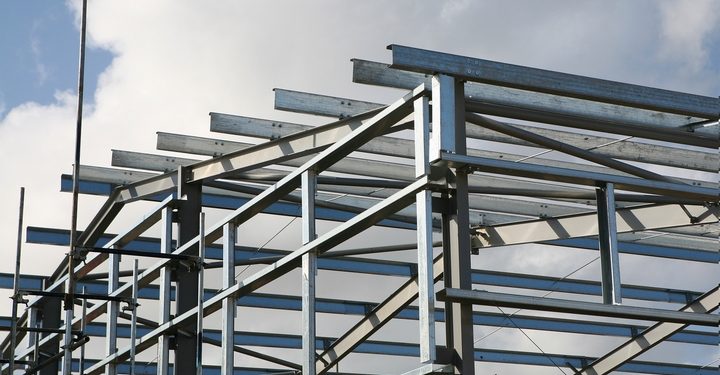
If you are looking to purchase a pre-fabricated steel building as a workshop, storage shed, garage, barn, or otherwise, you might have questions about their safety. Fortunately, many pre-fab steel buildings will be made in a highly controlled environment. All of the processes have been tested and used over and over again, and have been assessed for the most effectiveness. The kit you receive will go together smoothly and quickly, and this reduces the possibility of accidents.
Depending on where you live in Canada, you most likely get some severe weather in all four seasons. Heavy snow and ice, high winds, and heavy rains can all affect structures to one degree or another. So how safe are steel buildings? Read on to find out.
1. Snow
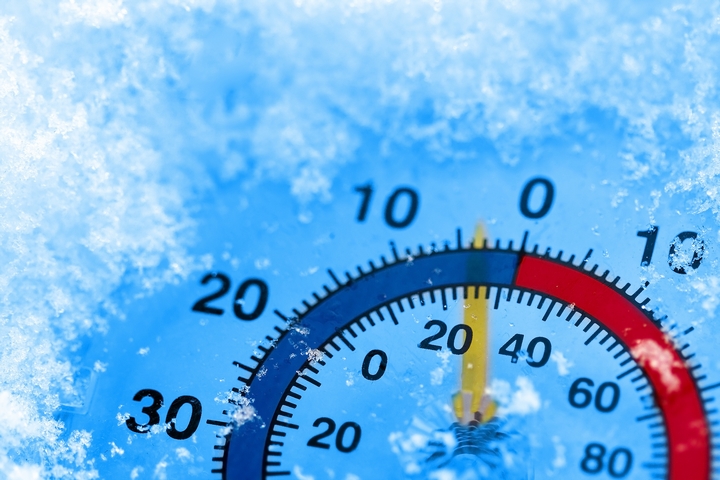
Steel buildings can most definitely handle snow loads and can even take higher snow loads than normal-framed buildings depending on the quality of materials you use as well as the building’s framing and roofing systems.
Although there’s no exact way to figure out the snow load on your roof, its best to use a snow loading analysis calculator to determine the best material types and design types for your building.
You can determine snow loads based on a combination of factors:
- building type, occupancy, and use;
- the weight of ground snow load;
- obstructions on the roof;
- thermal condition of the building;
- slope and shape of the roof; and
- wind exposure of the roof.
Then only true way to find out if your metal building is safe to withstand the typical snow loads in your area is to work with the building manufacturer. They can, if necessary, custom engineer the roofing and framing system for your climate.
2. Fire
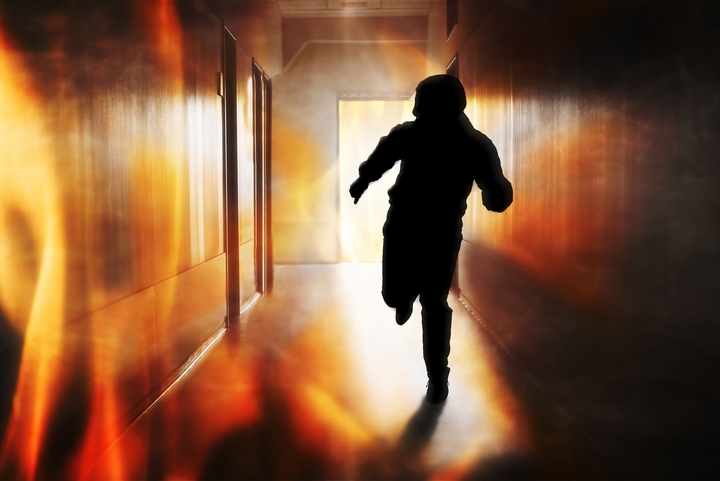
Steel is the safest building material in the event of a fire. Wood allows fires to spread whereas steel contains fire, which gives people and animals more time to safely escape or be evacuated.
3. Tornadoes and Hurricanes
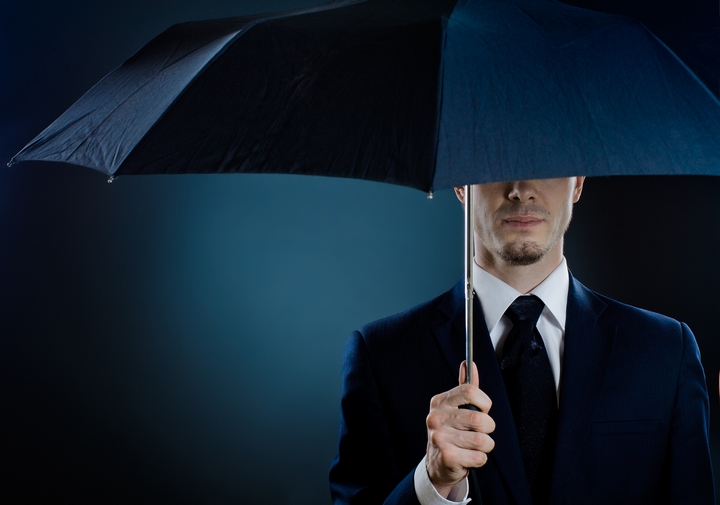
Municipalities all over North America are building storm shelters from metal buildings to use as storm shelters for their residents in the event of hurricanes or tornadoes. Steel can take forces up to 241 kph (150 mph) without suffering damage. This is because it bends rather than breaks.
4. Earthquakes

Steel buildings are also safe during earthquakes! A steel structure will remain erect in Seismic Zone 4, which is the highest classification of seismic zone, which get the most shifting grounds and seismic waves.
5. Safety During Construction
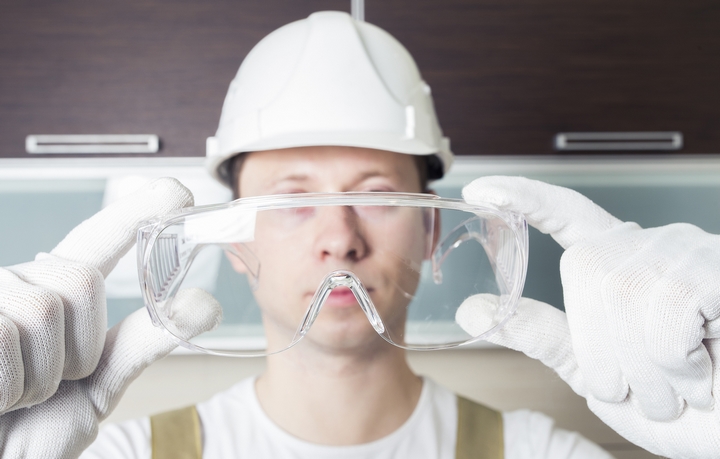
Some workers specialize in pre-fab buildings and so the processes they use to erect each building increase in safety every time they do a job.
6. Other Safety Issues
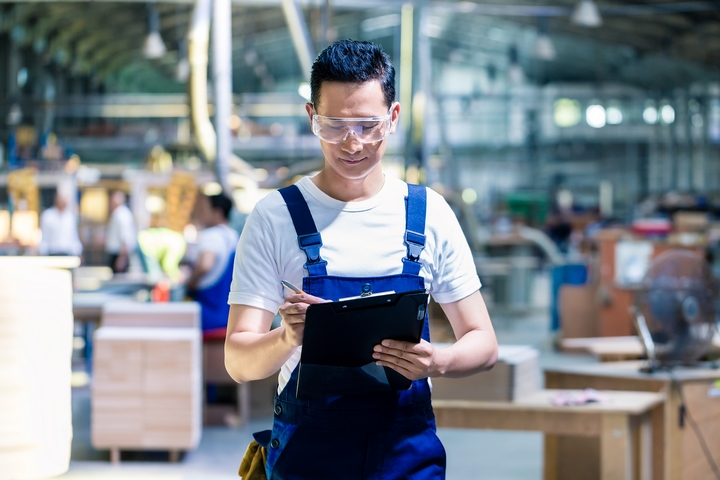
Overall, metal buildings have superior standards when it comes to offering protection from intruders, pest infestations, the elements, and natural disasters. Because metal prefab buildings are professionally constructed and pre-engineered according to your professional, environmental, and personal needs, they are quickly becoming the number-one choice for all types of construction.
Steel became the most-used material for commercial buildings in the late 19th century when they figured out it was safer and more durable than cast iron. Now steel is the leading framing material in North America. Steel buildings have been put through rigorous testing to meet strict building and safety standards. 3D modelling helps architects and engineers discover potential safety issues and fi any errors before any products come on the market or get to a customer.


